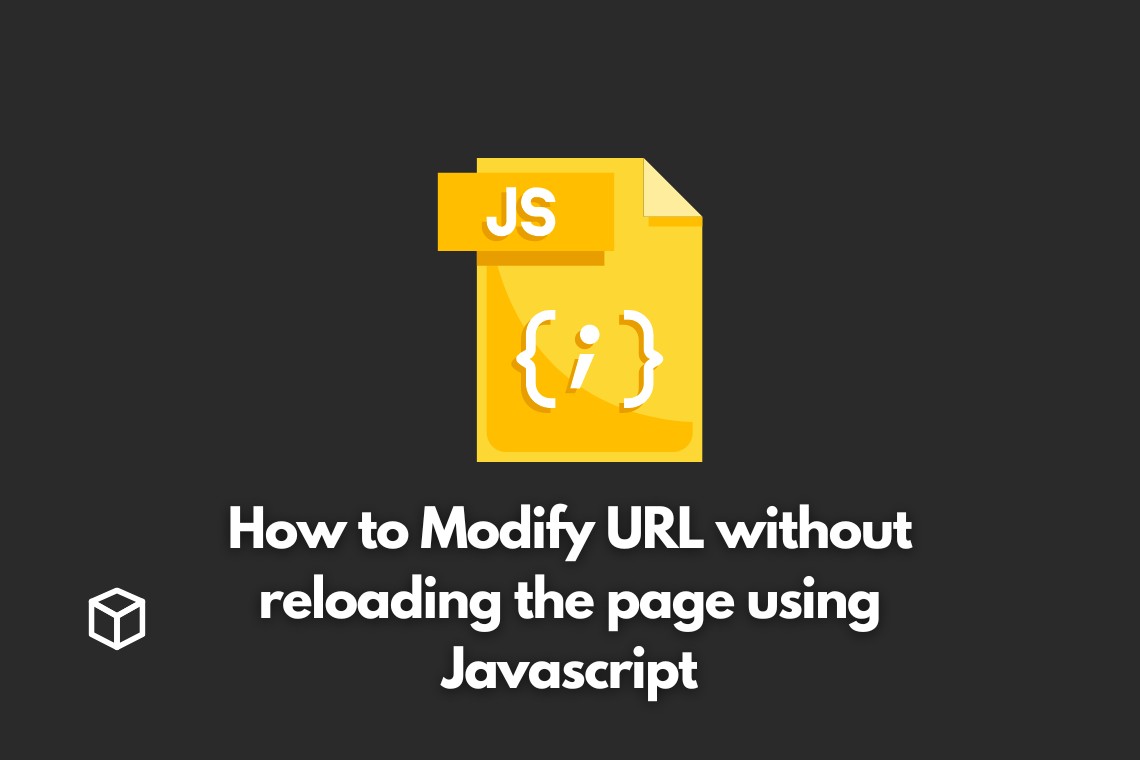Are you tired of refreshing your page every time you want to update the URL?
Well, have no fear because today we’re going to learn how to modify the URL without reloading the page using JavaScript.
This handy trick can come in handy for a variety of reasons, from creating dynamic links to improving the user experience on your website.
So grab your favorite beverage, get comfortable, and let’s dive into the world of JavaScript URL manipulation.
How to Modify URL using Javascript
Let’s start this journey on how to make your website more interactive and responsive for the users.
First things first, let’s talk about why you might want to modify the URL without refreshing the page.
One common use case is for creating single-page applications (SPAs) where the content updates dynamically based on the URL without requiring a full page refresh.
This can greatly enhance the user experience by providing a faster and more seamless navigation.
So, how do we go about modifying the URL without reloading the page?
The key is to use the JavaScript history object, which allows you to manipulate the browser’s history and change the URL displayed in the address bar.
There are two methods that we’ll be using today: pushState and replaceState.
The pushState method is used to add a new entry to the browser’s history and change the URL displayed in the address bar.
It takes three arguments: a state object, a title (which is not used by most browsers), and a new URL.
For example, let’s say you have a website with a page that displays information about different animals.
If a user clicks on a button to view information about lions, you can use pushState to update the URL to something like “www.example.com/lions” without refreshing the page.
<code>history.pushState({}, "Lions", "/lions");
</code>
The replaceState method works similarly to pushState, but instead of adding a new entry to the browser’s history, it replaces the current entry.
This can be useful if you want to update the URL without affecting the user’s ability to use the back button to navigate.
<code>history.replaceState({}, "Lions", "/lions");</code>
It’s important to note that both of these methods will only change the URL displayed in the address bar and will not actually load a new page.
If you want to update the content on the page based on the URL, you’ll need to use additional JavaScript or a JavaScript framework like React or Angular.
Conclusion
In conclusion, modifying the URL without reloading the page can greatly enhance the user experience and provide a more seamless navigation on your website.
By using the JavaScript history object and the pushState and replaceState methods, you can easily update the URL displayed in the address bar without refreshing the page.




